Letter From California
The Ancient Ecology of Fire
By ANTONE PIERUCCI
Monday, August 14, 2017
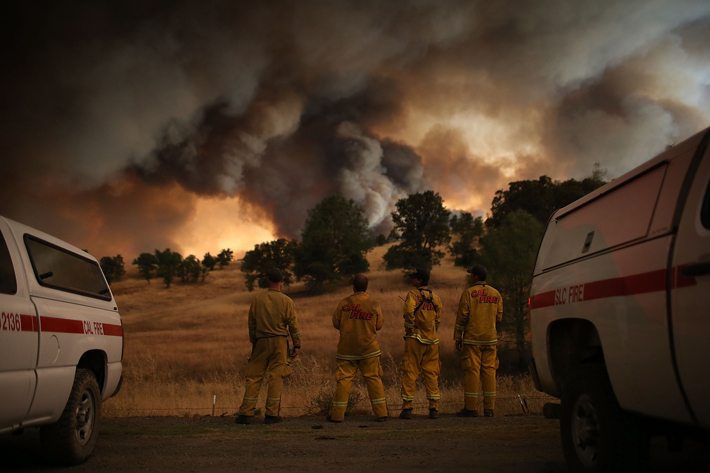
The Quiroste Valley on California’s central coast lies sheltered from the wind that blows in from the Pacific not two miles distant. Coniferous pine and redwood trees stand along the valley’s rim and sweep down into the lowland where they compete with thickets of poison oak, buckeye, and coyote brush. This overgrown valley of some 200 acres was once the home of the Quiroste, a people who would not recognize their traditional lands today. When a Spanish expedition first visited the Quiroste’s village in 1769, the valley was full of meadows, hazel groves, and stretches of burned earth. The expedition chaplain, Juan Crespi, noted in his diary that the Quiroste hunter-gatherers were careful managers of the landscape. He wrote that they regularly burned the meadowlands “for a better yield of the grass seeds that they eat.”
On public lands today, vegetation often goes unmanaged and, as a result, becomes the tinder that fuels wildfires. Nearly 7,000 blazes ravaged California in 2016 alone. But for the Quiroste, fire was a powerful tool. They used it to manage a number of food resources, not just grass seeds. And by regularly setting controlled fires, the Quiroste also kept themselves safe from catastrophic wildfires, which feed on dense undergrowth. Recently, a group of archaeologists, ecologists, and members of a local Native American tribe set out to understand the history of this practice in the Quiroste Valley, now part of Año Nuevo State Park. “We had a lot of questions we wanted answers to,” says University of California, Berkeley, archaeologist Kent Lightfoot, one of the project’s directors. “First and foremost we wanted to know if we could even identify the general pattern of human-made fires in the archaeological record. Then, if so, we wanted to know when they started, how widespread the practice was, and what its impact on the local ecosystem was.” Identifying fires from the ancient past is difficult enough, but differentiating natural ones caused by lightning strikes from those deliberately set posed a serious problem for the researchers. Underlying the challenge was the fact that some scholars have argued that prescribed burns might not have been as widespread in the ancient past as they had become when the Spanish first arrived in California.
As a first step, the team studied how ecosystems on the central California coast have reacted to fires caused by lightning in the recent past. Ecosystems similar to the Quiroste Valley take about 100 years to fully recover from a fire. The first plants to regrow are grasses and herbaceous plants. But grasslands are disturbance-dependent communities, meaning they can only persist with regular grazing, tillage, or burning that removes encroaching woody plants. Given no further disturbance, grasses don’t last long, and within about 20 to 30 years most of the grassland is choked out by coyote brush and poison oak scrublands. Within a century, the vegetation reaches a mature stage, with most areas covered by scrublands and mixed conifer forests, and once again the landscape becomes fuel for wildfires.
This fire ecology research suggests that anthropogenic, or human-made, fires would create a landscape dominated by open, prairie-like vegetation, while those fires occurring naturally would result in a landscape of shrubs and conifer forests, such as the one in the present-day Quiroste Valley. Using these expectations about natural fire cycles and the succession of plant species, the team hypothesized that they could differentiate between the general pattern of anthropogenic fires and that of natural ones in the archaeological record. “If people frequently burned the landscape in the past,” says Lightfoot, “we would expect to find archaeobotanical and faunal remains that reflect widespread grasslands and fire-adapted trees.”
Advertisement
Advertisement
IN THIS ISSUE
From the Trenches
White Horse of the Sun
Off the Grid
Doll Story
Freeze Frame
Last Stand of the Blue Brigade
Where There’s Coal…
Reading Invisible Messages
Disposable Gods
A Princely Update
Fast Food
Andean Copper Age
Capital Gains
Not by Bread Alone
Advertisement

Recent Issues
-
 May/June 2024
May/June 2024
-
 March/April 2024
March/April 2024
-
 January/February 2024
January/February 2024
-
 November/December 2023
November/December 2023
-
 September/October 2023
September/October 2023
-
 July/August 2023
July/August 2023
-
 May/June 2023
May/June 2023
-
 March/April 2023
March/April 2023
-
 January/February 2023
January/February 2023
-
 November/December 2022
November/December 2022
-
 September/October 2022
September/October 2022
-
 July/August 2022
July/August 2022
-
 May/June 2022
May/June 2022
-
 March/April 2022
March/April 2022
-
 January/February 2022
January/February 2022
-
 November/December 2021
November/December 2021
-
 September/October 2021
September/October 2021
-
 July/August 2021
July/August 2021
-
 May/June 2021
May/June 2021
-
 March/April 2021
March/April 2021
-
 January/February 2021
January/February 2021
-
 November/December 2020
November/December 2020
-
 September/October 2020
September/October 2020
-
 July/August 2020
July/August 2020
-
 May/June 2020
May/June 2020
-
 March/April 2020
March/April 2020
-
 January/February 2020
January/February 2020
-
 November/December 2019
November/December 2019
-
 September/October 2019
September/October 2019
-
 July/August 2019
July/August 2019
-
 May/June 2019
May/June 2019
-
 March/April 2019
March/April 2019
-
 January/February 2019
January/February 2019
-
 November/December 2018
November/December 2018
-
 September/October 2018
September/October 2018
-
 July/August 2018
July/August 2018
-
 May/June 2018
May/June 2018
-
 March/April 2018
March/April 2018
-
 January/February 2018
January/February 2018
-
 November/December 2017
November/December 2017
-
 September/October 2017
September/October 2017
-
 July/August 2017
July/August 2017
-
 May/June 2017
May/June 2017
-
 March/April 2017
March/April 2017
-
 January/February 2017
January/February 2017
-
 November/December 2016
November/December 2016
-
 September/October 2016
September/October 2016
-
 July/August 2016
July/August 2016
-
 May/June 2016
May/June 2016
-
 March/April 2016
March/April 2016
-
 January/February 2016
January/February 2016
-
 November/December 2015
November/December 2015
-
 September/October 2015
September/October 2015
-
 July/August 2015
July/August 2015
-
 May/June 2015
May/June 2015
-
 March/April 2015
March/April 2015
-
 January/February 2015
January/February 2015
-
 November/December 2014
November/December 2014
-
 September/October 2014
September/October 2014
-
 July/August 2014
July/August 2014
-
 May/June 2014
May/June 2014
-
 March/April 2014
March/April 2014
-
 January/February 2014
January/February 2014
-
 November/December 2013
November/December 2013
-
 September/October 2013
September/October 2013
-
 July/August 2013
July/August 2013
-
 May/June 2013
May/June 2013
-
 March/April 2013
March/April 2013
-
 January/February 2013
January/February 2013
-
 November/December 2012
November/December 2012
-
 September/October 2012
September/October 2012
-
 July/August 2012
July/August 2012
-
 May/June 2012
May/June 2012
-
 March/April 2012
March/April 2012
-
 January/February 2012
January/February 2012
-
 November/December 2011
November/December 2011
-
 September/October 2011
September/October 2011
-
 July/August 2011
July/August 2011
-
 May/June 2011
May/June 2011
-
 March/April 2011
March/April 2011
-
 January/February 2011
January/February 2011
Advertisement





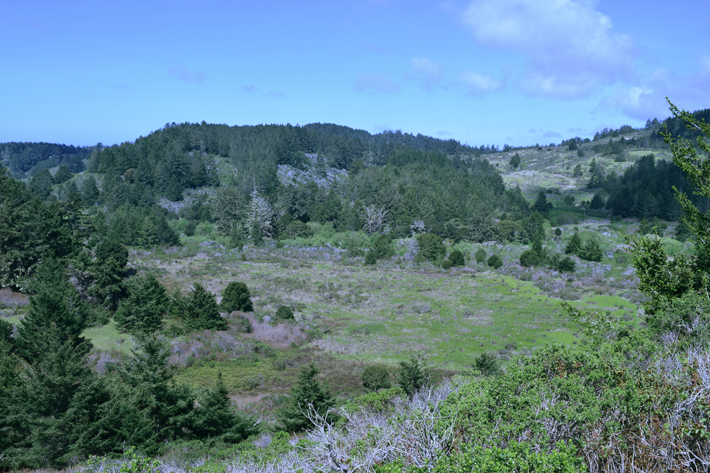
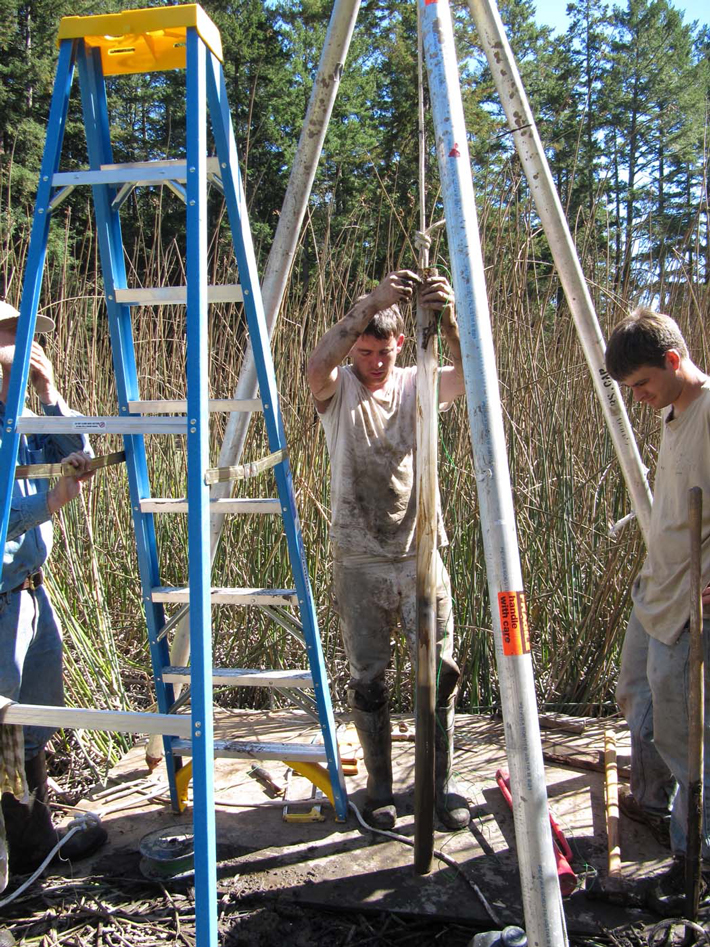 Radiocarbon dating suggested that this practice dates back to at least A.D. 1000, when the site in the Quiroste Valley was first inhabited. Exactly when prescribed burning first came into use in the area outside the valley is difficult to say, but new excavations at older sites are already showing that the practice could have begun several hundred years earlier. Other studies along the western coast of North America have revealed a similar pattern of human-made fires. A project conducted by the U.S. National Park Service and Simon Fraser University in British Columbia revealed that tribes along the coast of Washington State used fire to maintain productive prairie land starting at least 2,000 years ago. Now the evidence from the Quiroste Valley and other sites farther north, near San Francisco, shows that this practice of landscape management was far more extensive than previously believed. “It certainly suggests,” says Lightfoot, “that it was a fairly widespread practice going back to ancient times.”
Radiocarbon dating suggested that this practice dates back to at least A.D. 1000, when the site in the Quiroste Valley was first inhabited. Exactly when prescribed burning first came into use in the area outside the valley is difficult to say, but new excavations at older sites are already showing that the practice could have begun several hundred years earlier. Other studies along the western coast of North America have revealed a similar pattern of human-made fires. A project conducted by the U.S. National Park Service and Simon Fraser University in British Columbia revealed that tribes along the coast of Washington State used fire to maintain productive prairie land starting at least 2,000 years ago. Now the evidence from the Quiroste Valley and other sites farther north, near San Francisco, shows that this practice of landscape management was far more extensive than previously believed. “It certainly suggests,” says Lightfoot, “that it was a fairly widespread practice going back to ancient times.”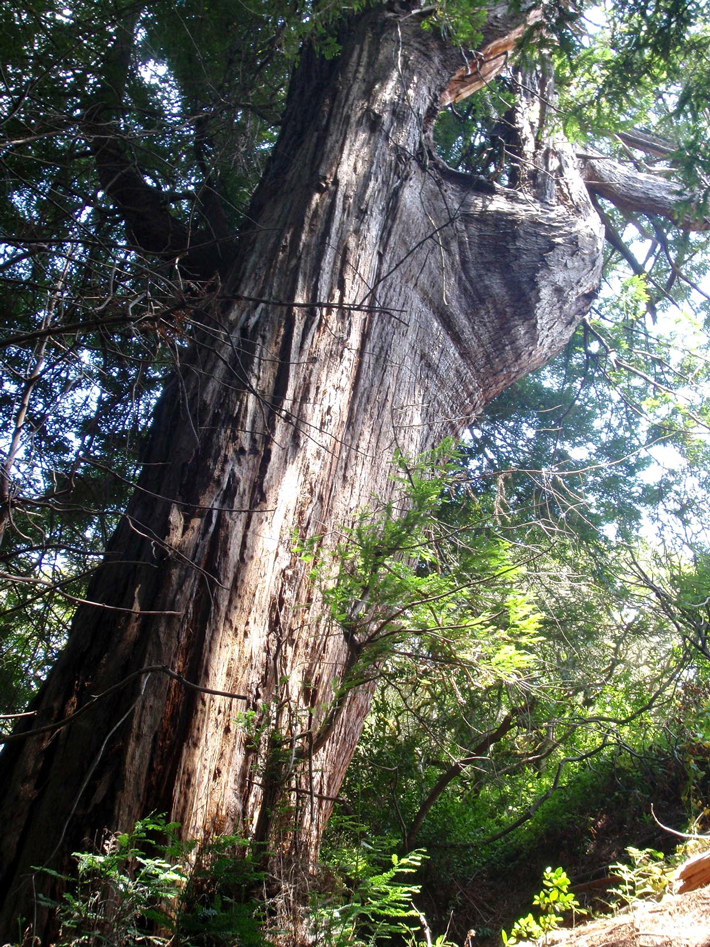 The implications of hunter-gatherers using this sort of landscape management are far-reaching. “I think a key point is that they were forward-thinking in their interactions with the environment,” says Lightfoot. Studies of other peoples who also used fire for resource management suggest that the social organizations employed in these practices varied widely. On one end of the spectrum are the aboriginal people of western Australia, who set low-intensity fires to hunt burrowing animals. Requiring relatively little coordination among members of a tribe, in cases like these, fires were set primarily as a means of achieving an immediate goal: flushing out the burrowing rodents. On the other end of the spectrum, setting large-scale fires would have been a community-level practice that would have taken a great deal of coordination.
The implications of hunter-gatherers using this sort of landscape management are far-reaching. “I think a key point is that they were forward-thinking in their interactions with the environment,” says Lightfoot. Studies of other peoples who also used fire for resource management suggest that the social organizations employed in these practices varied widely. On one end of the spectrum are the aboriginal people of western Australia, who set low-intensity fires to hunt burrowing animals. Requiring relatively little coordination among members of a tribe, in cases like these, fires were set primarily as a means of achieving an immediate goal: flushing out the burrowing rodents. On the other end of the spectrum, setting large-scale fires would have been a community-level practice that would have taken a great deal of coordination.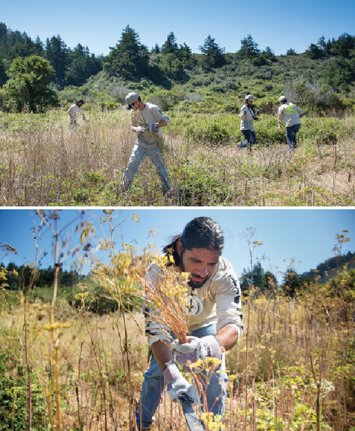 The woods threatened to encroach on the valley as soon as the Spanish prohibited the practice of prescribed burning in the late eighteenth century. However, extensive cattle grazing under Mexican and then American control kept the grasslands in a sort of artificial stasis for the next few centuries. Ironically, the landscape then underwent its most dramatic transformation, when the valley entered the California State Parks system. The famous watchword of “Take nothing but photos, and leave nothing but footprints” that governs much of American conservation philosophy has resulted in landscapes dominated by mature vegetation that is prone to catastrophic wildfires. “It sounds nice, but in reality it just doesn’t work,” admits Hylkema.
The woods threatened to encroach on the valley as soon as the Spanish prohibited the practice of prescribed burning in the late eighteenth century. However, extensive cattle grazing under Mexican and then American control kept the grasslands in a sort of artificial stasis for the next few centuries. Ironically, the landscape then underwent its most dramatic transformation, when the valley entered the California State Parks system. The famous watchword of “Take nothing but photos, and leave nothing but footprints” that governs much of American conservation philosophy has resulted in landscapes dominated by mature vegetation that is prone to catastrophic wildfires. “It sounds nice, but in reality it just doesn’t work,” admits Hylkema.
